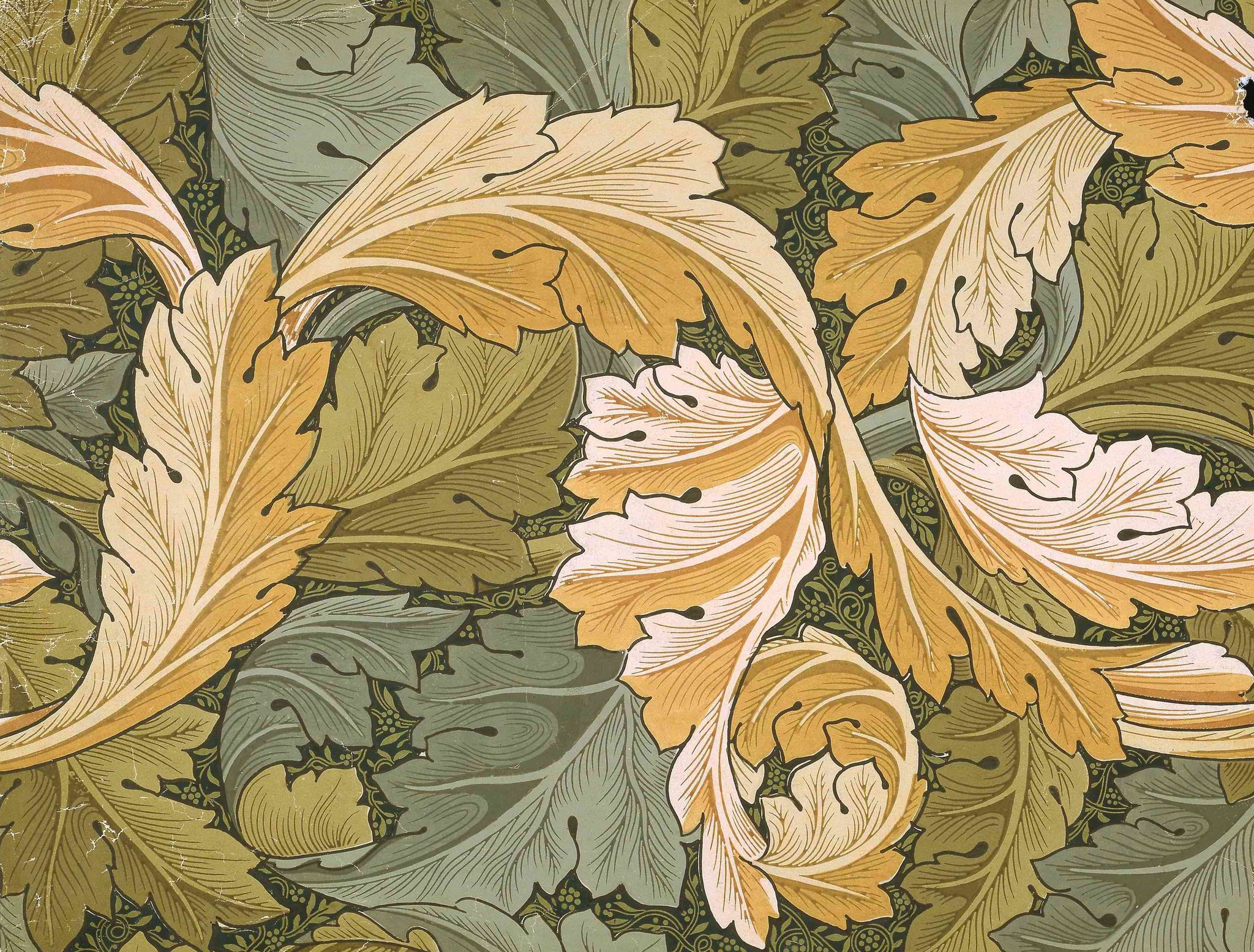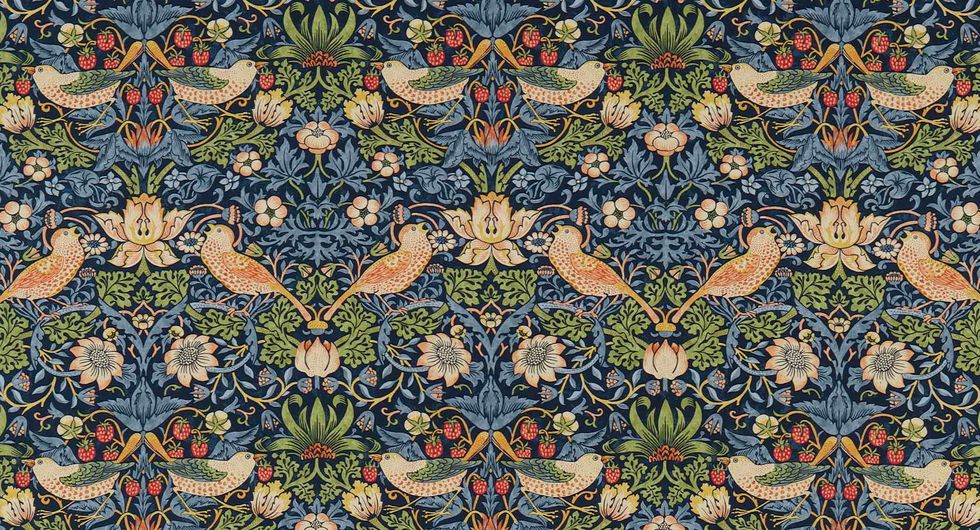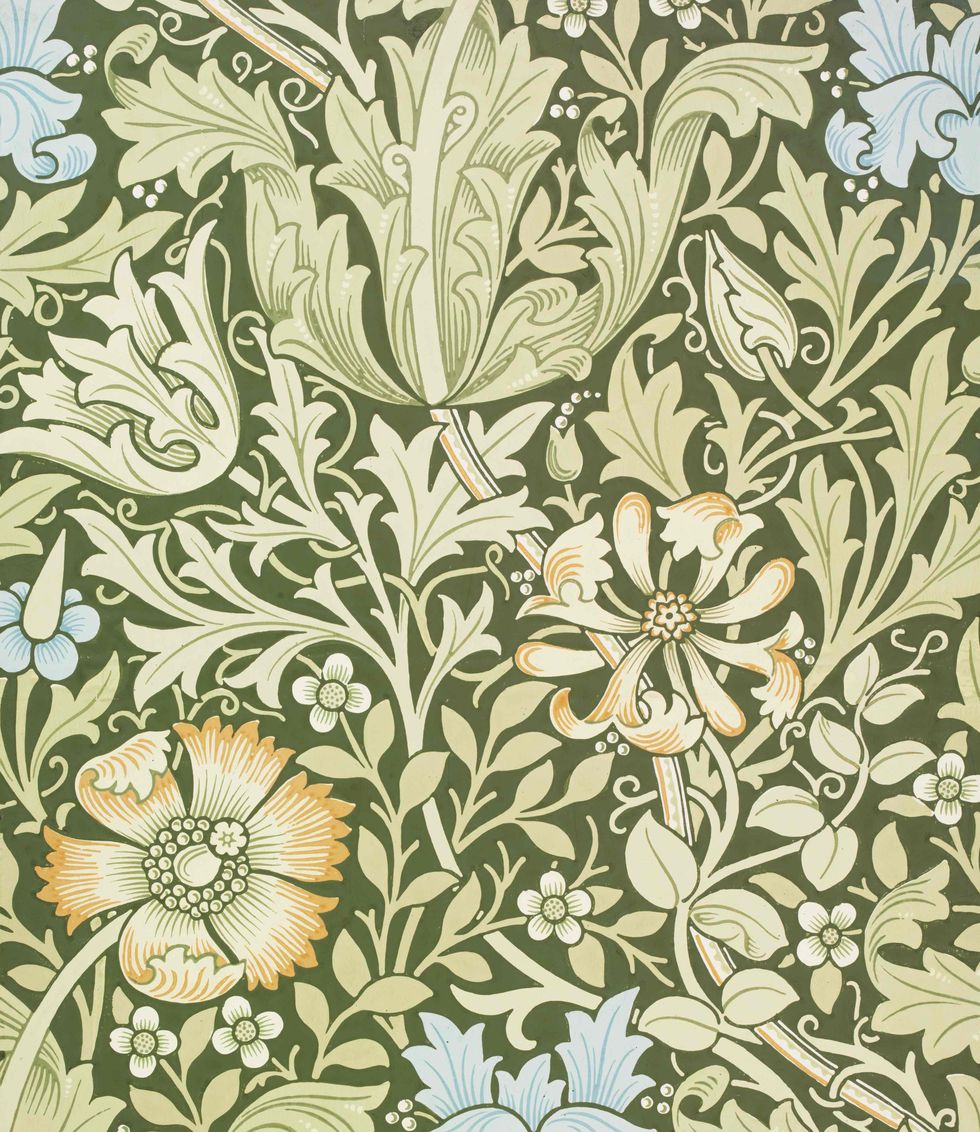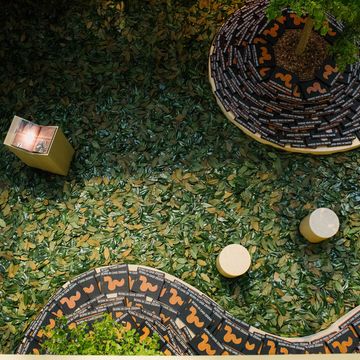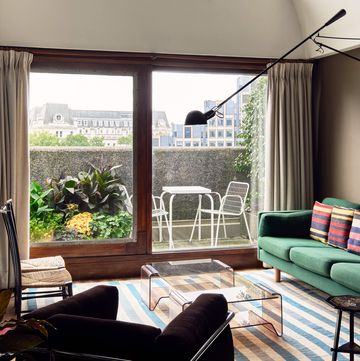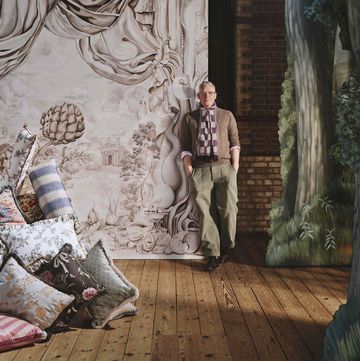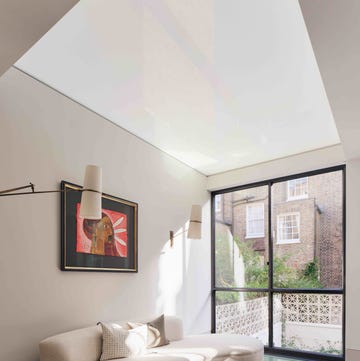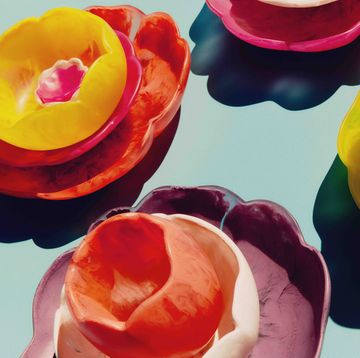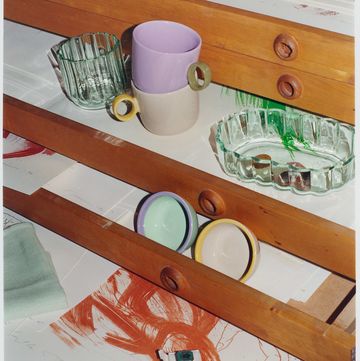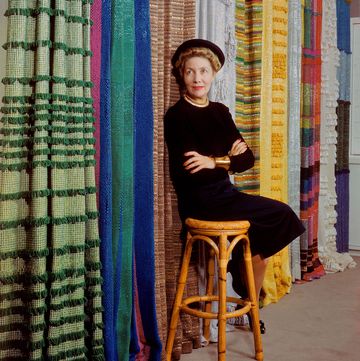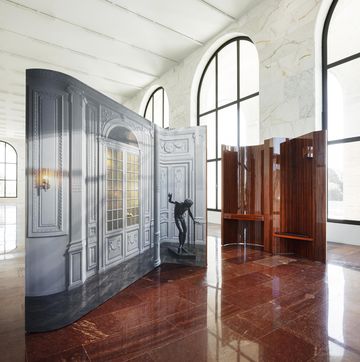The names are a giveaway. ‘Jasmine Trellis’, ‘Wreath’, ‘Willow’, ‘Chrysanthemum’, ‘Strawberry Thief ’... Even if all you had were the names, you would know William Morris, writer, artist and cornerstone of the Arts and Crafts movement, delighted in the natural world.
Born in 1834, he spent his childhood exploring the Essex countryside and reading the novels of Sir Walter Scott. All around him, however, Britain was embracing the industrial age. By the time he was a teenager, his love of nature and nostalgia for an Arthurian English past was matched only by his suspicion of the prevailing enthusiasm for mechanisation. When Morris was just 16, he refused on aesthetic grounds to visit the 1851 Great Exhibition that championed the machine age. He had found his path.
His life’s work, both prose and pictorial, would go on to be suffused with idealised greenery. Wild-rose boughs, verdant riverbanks, brambles and oak trees dominated his poetry. From the ‘Unhedged green meads, which willowy streams passed through’ of The Earthly Paradise (1868) to the ‘Garden by the Sea’ in Poems by the Way (1891). His novels were usually utopian, set in worlds uncorrupted by steam power or the busy-body telegraph, and suffused with socialist ideals. But it was perhaps in his textiles and wallpapers that his ideas and his rejection of shabby modernity found their most literal and enduring form.
Morris started, as many do, by creating patterns with which to decorate his own home, the Red House in Kent. He insisted on researching medieval dyeing and printing methods. He was fond of showing visitors to his home dye vats in his outhouses, and his wife’s delicate embroidery.
He delighted in the title of craftsman. His designs were stylised – he disliked ‘sham-real boughs and flowers’ – but were nevertheless naturalistic and flowing, inspired by the hedgerows, briar patches and formal gardens of his childhood.
Taken together, his work is a symphony of verdigris, pine, leaf and chartreuse. In his designs, petals unfurl, fruits ripen, birds take flight, leaves intertwine and insects hover. It is possible, though, that so much green had led him astray.
At least one of his mass-produced designs contained a cheap arsenic-laden pigment that was already causing a health scare, of which he was aware. ‘My belief,’ he wrote, ‘is that doctors find their patients ailing, don’t know what’s the matter with them, and in despair put it down to the wallpapers when they probably ought to put it down to the water closet, which I believe to be the source of all illness.’ Something to consider next time you find yourself in an ‘Acanthus’-covered loo. Designs are available at sandersondesigngroup.com
This article first appeared in ELLE Decoration January 2021
Like this article? Sign up to our newsletter to get more articles like this delivered straight to your inbox.
Keep your spirits up and subscribe to ELLE Decoration here, so our magazine is delivered direct to your door.
